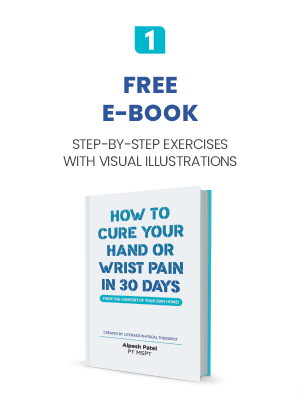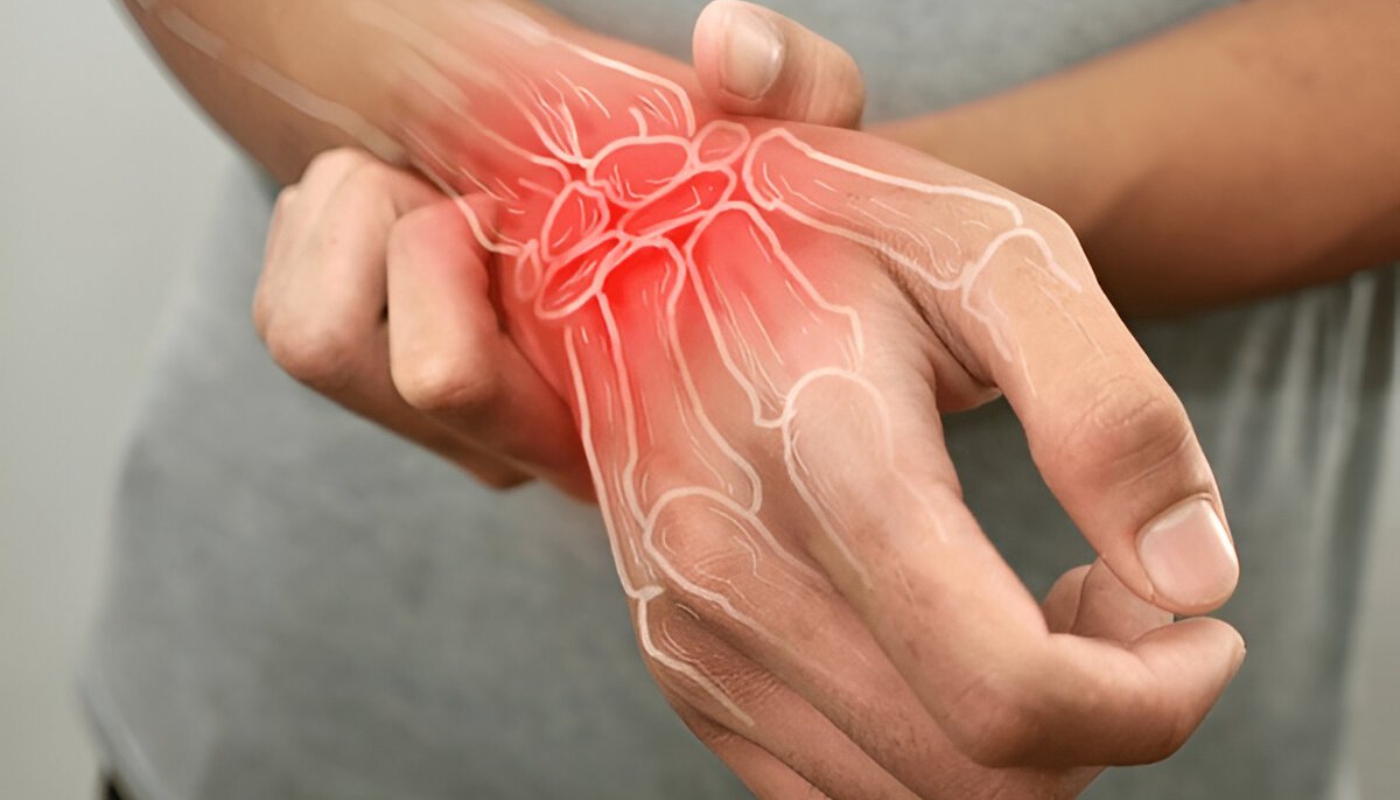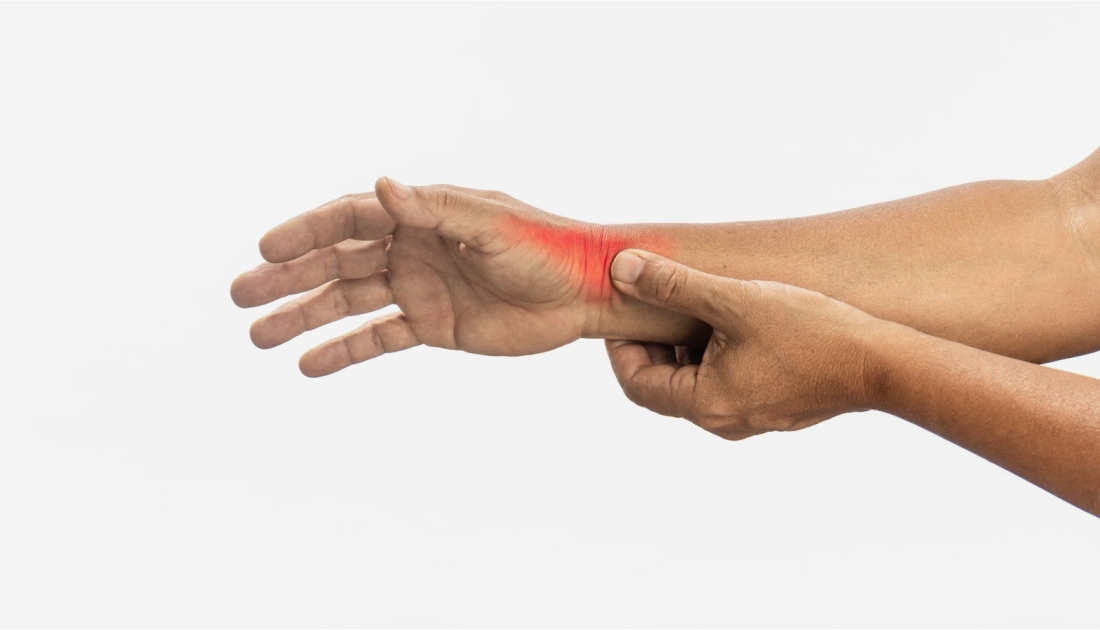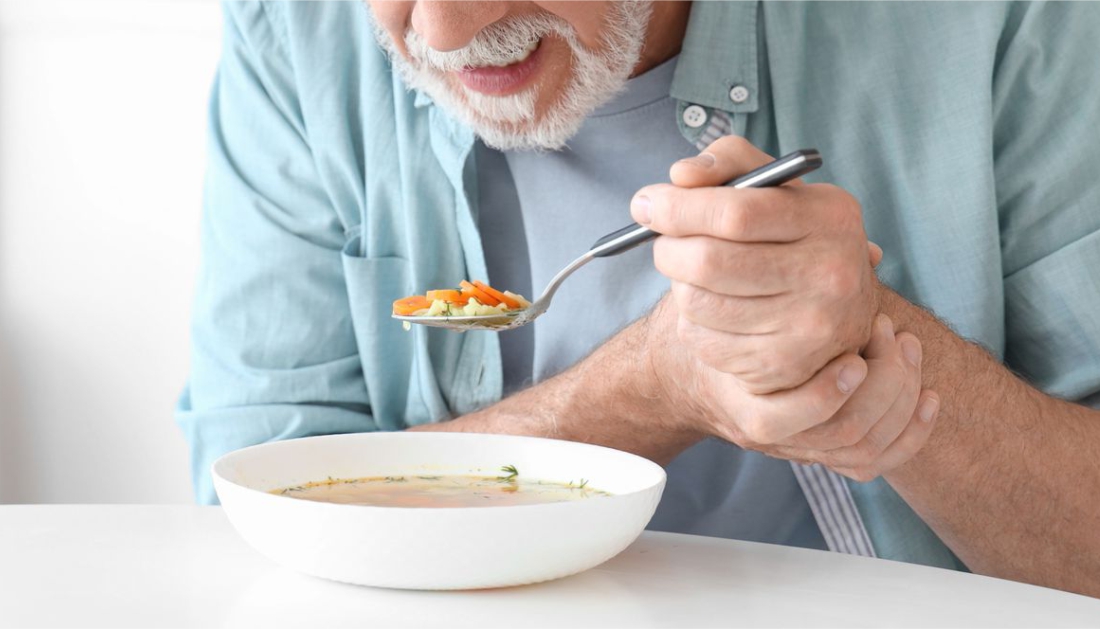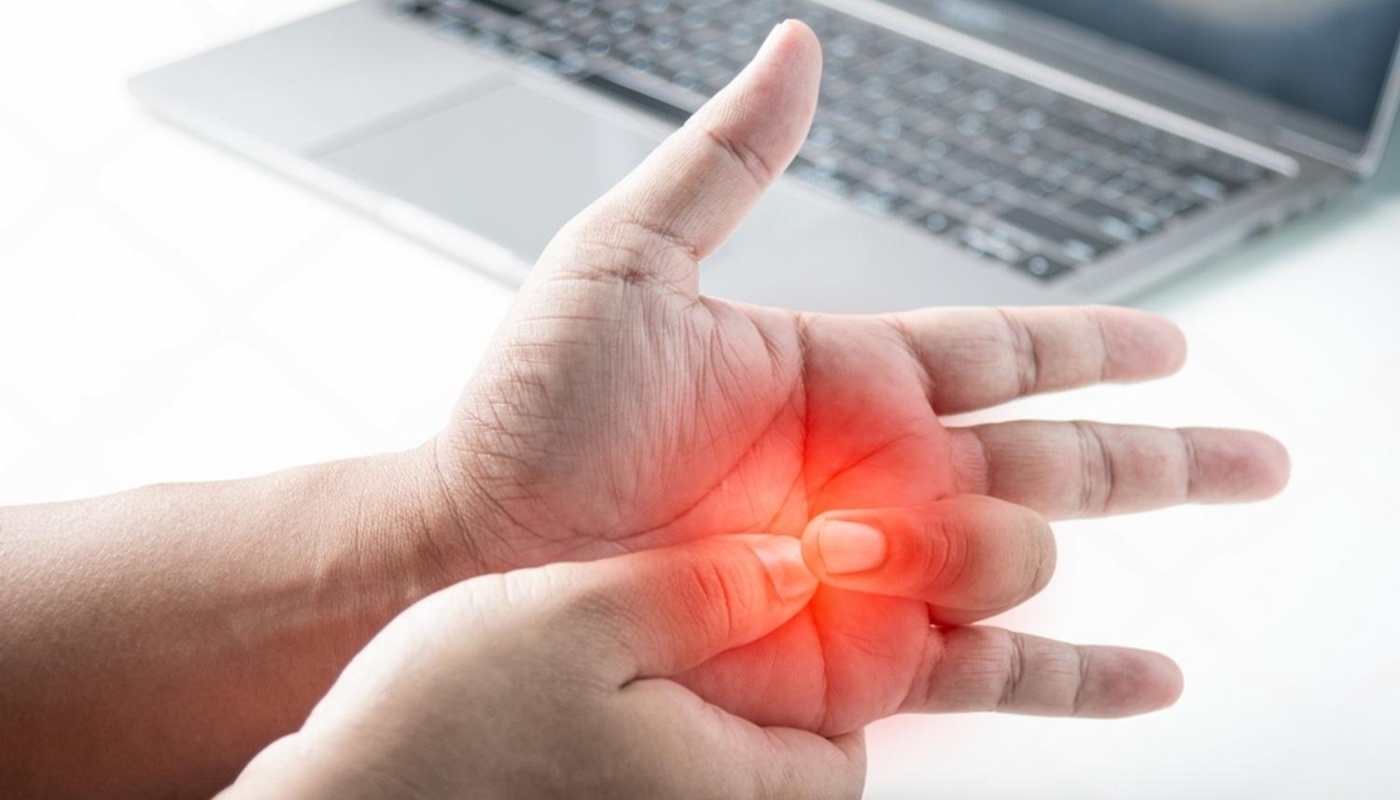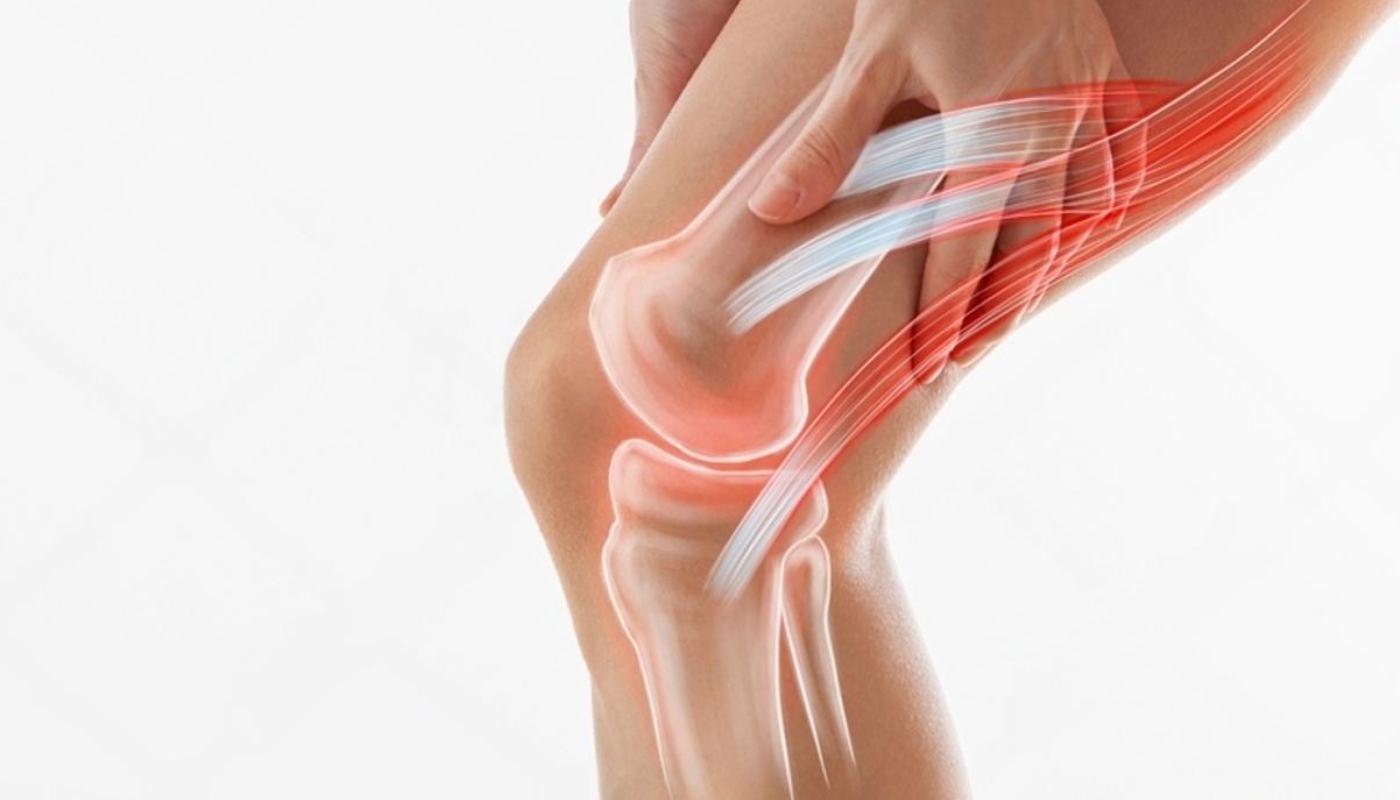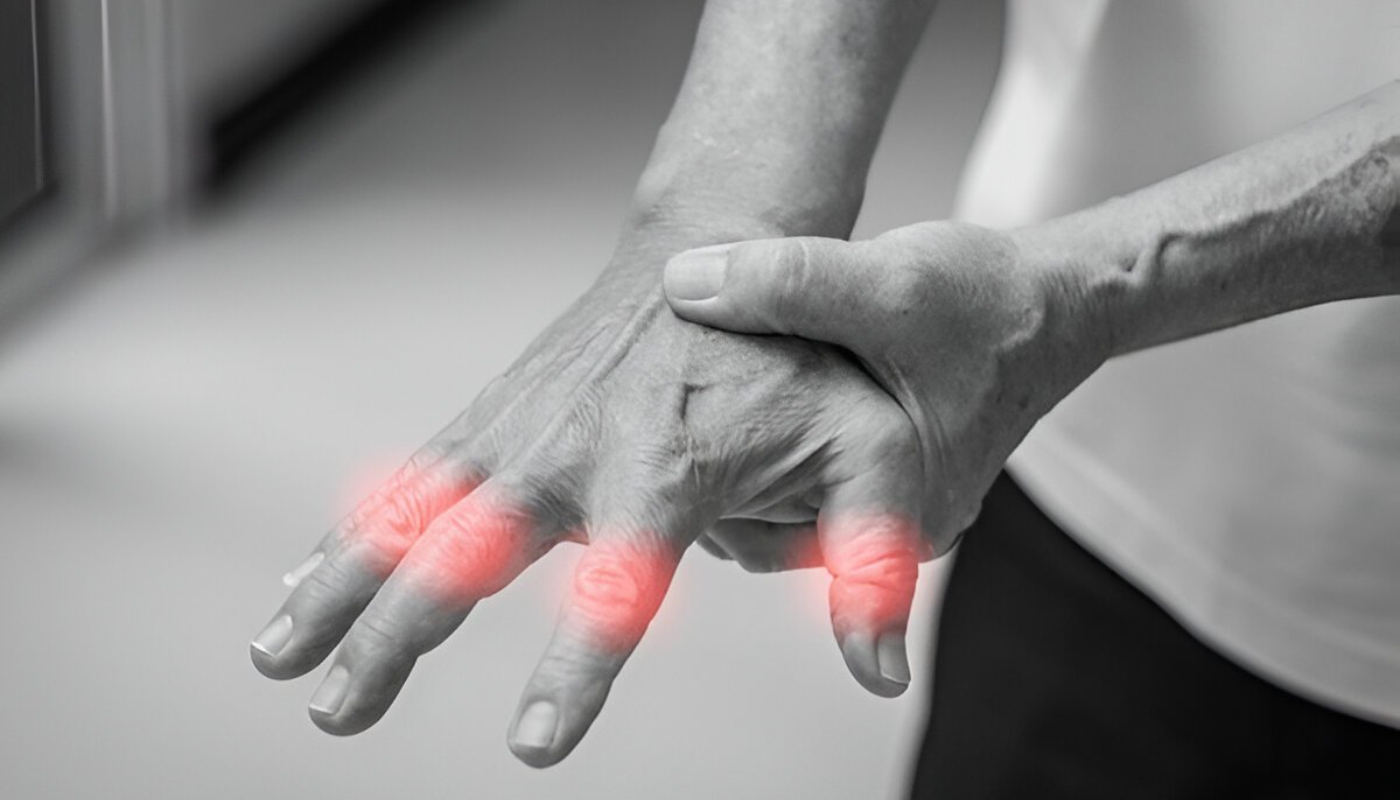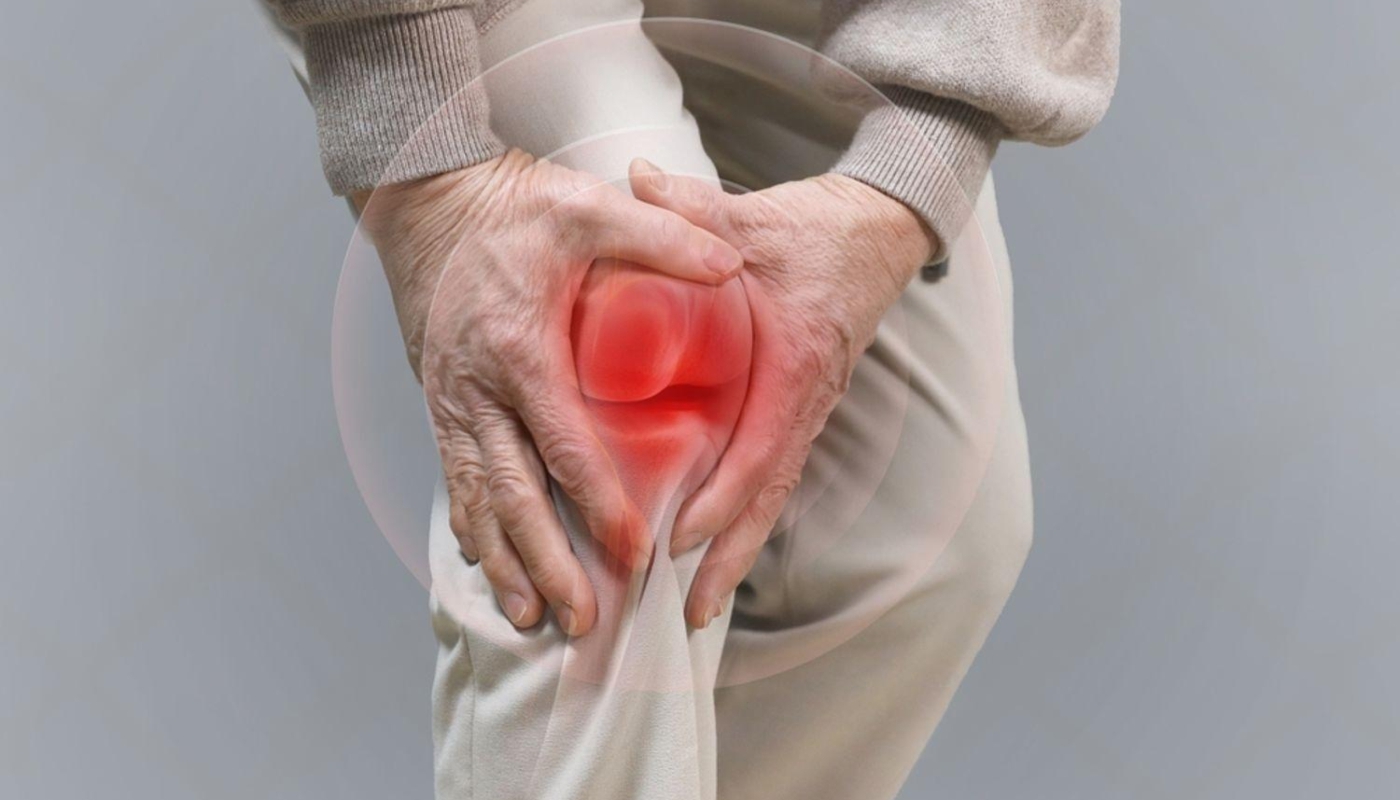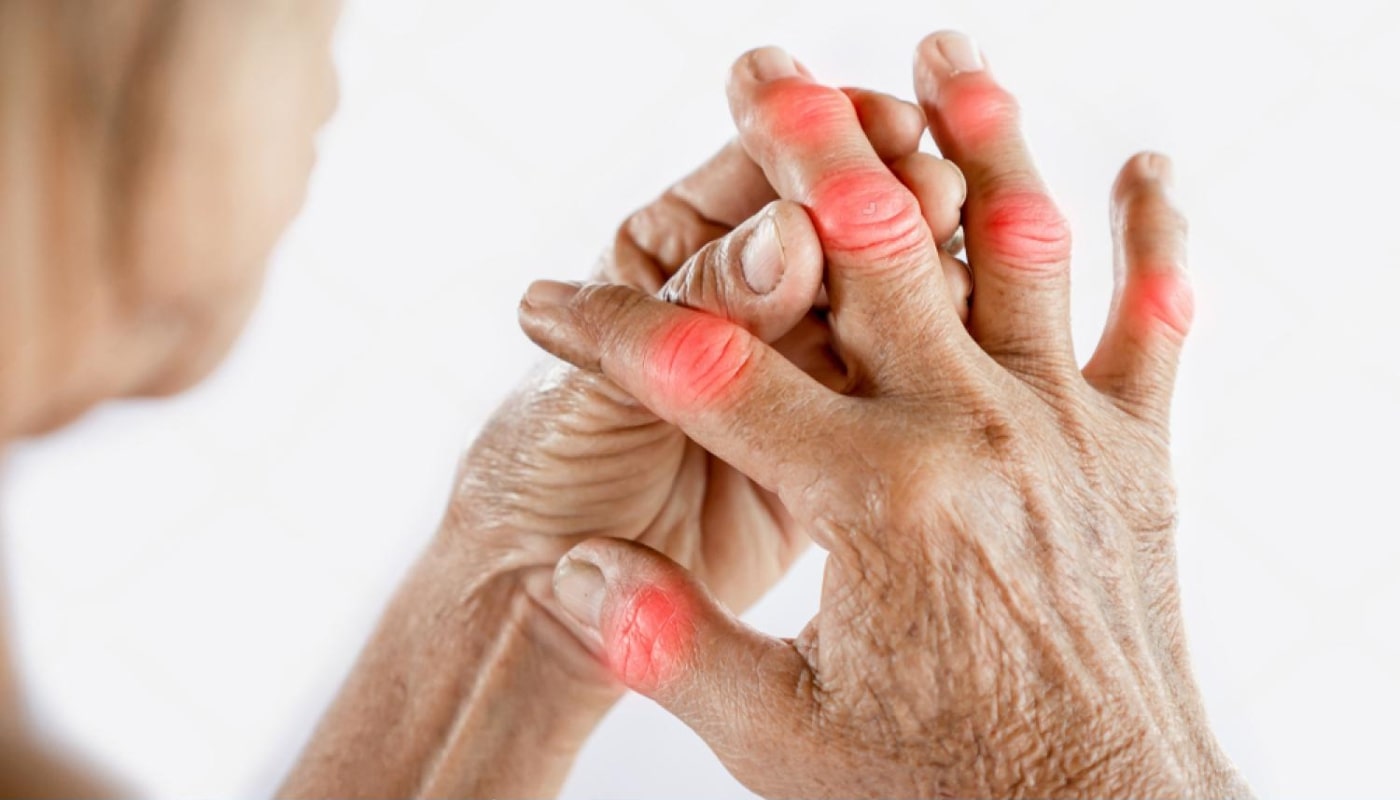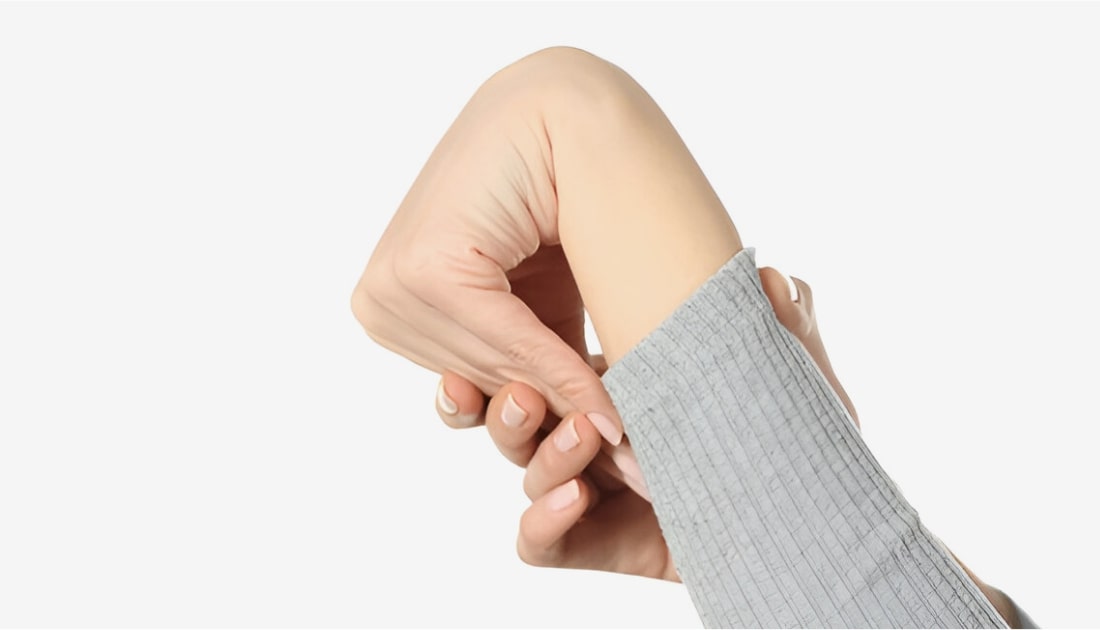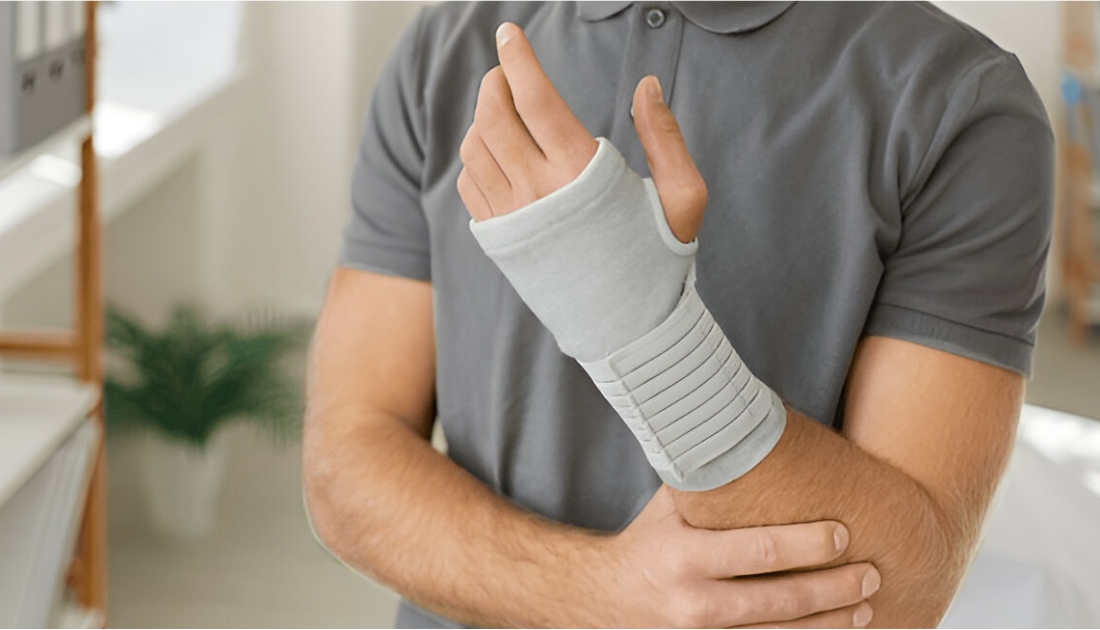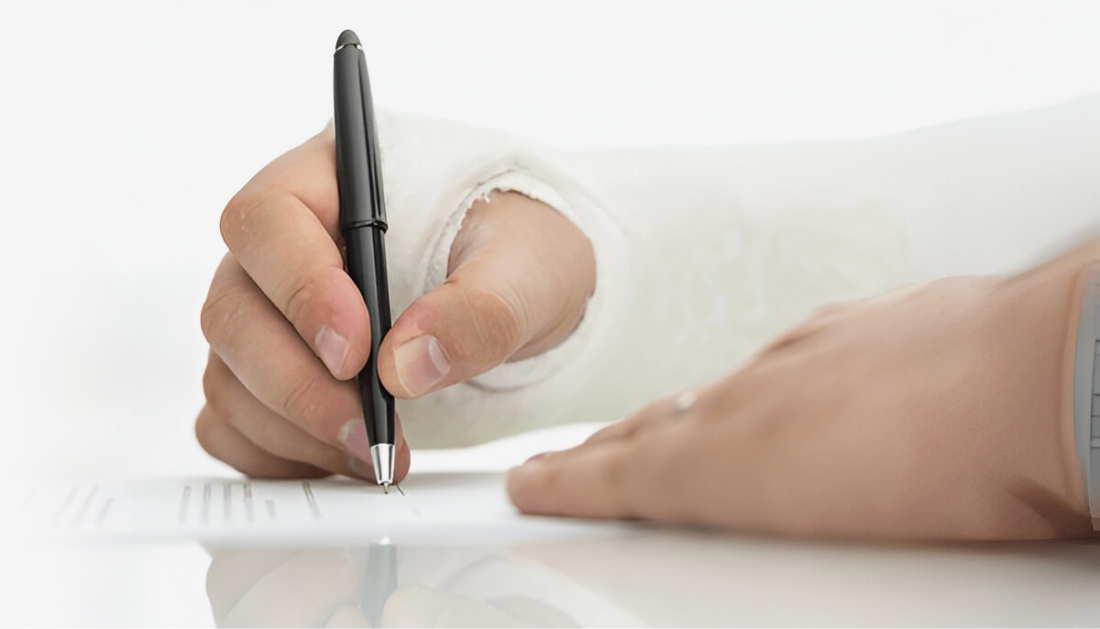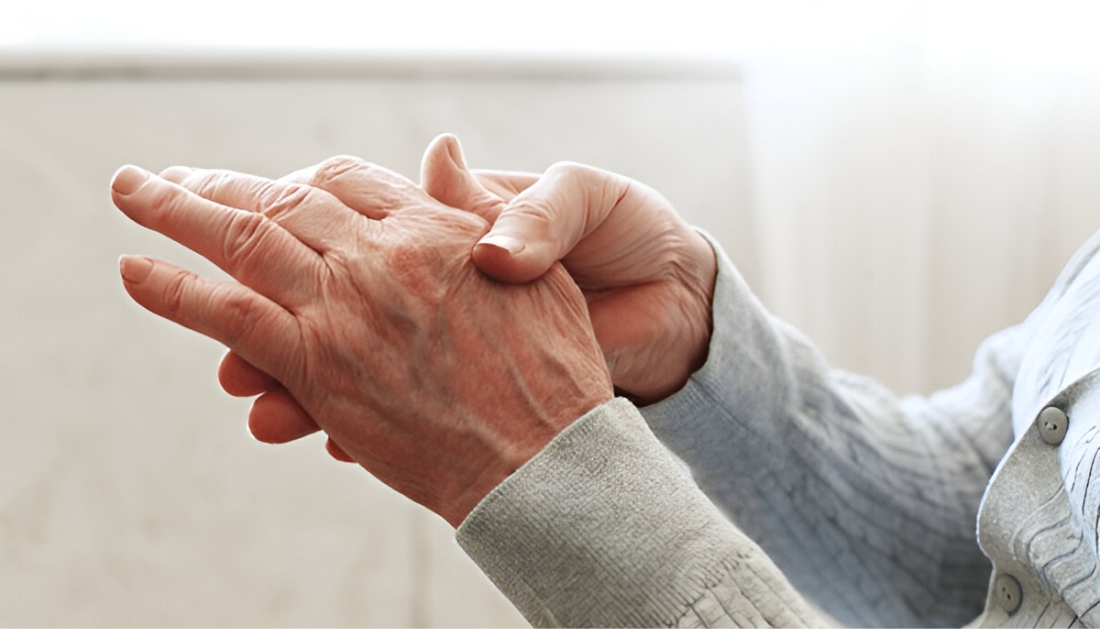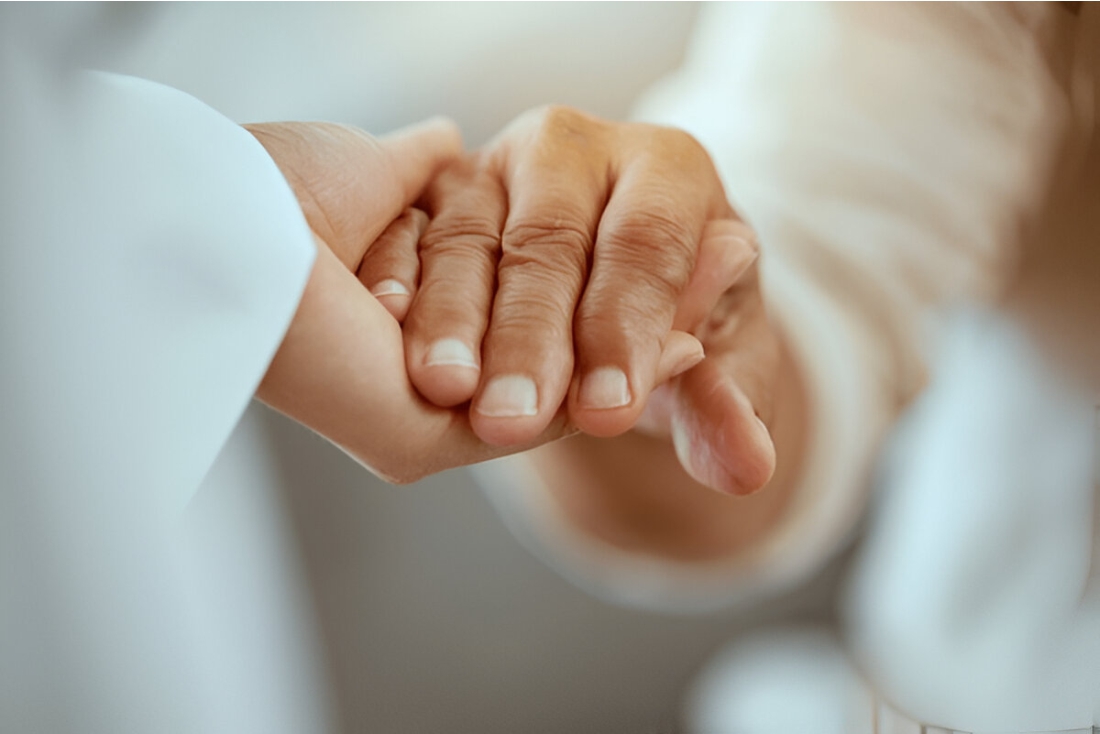Ganglion cysts are non-cancerous, fluid-filled sacs that typically develop along the tendons or joints of the wrists, hands, and feet. Despite their benign nature, these cysts can cause discomfort and mobility issues, making it essential to understand their significance and management. Often appearing as a lump or swelling, ganglion cysts can vary in size and may change over time, sometimes even disappearing on their own.
The exact cause of ganglion cysts remains unclear, but they are thought to arise from repetitive stress or trauma to the affected area. This connection to physical activity highlights the importance of recognizing the symptoms early to prevent further complications. Common symptoms include:
- Localized swelling near a joint or tendon.
- Discomfort when the cyst presses on nearby nerves.
- Limited range of motion in the affected area.

Understanding ganglion cysts is crucial not only for personal health management but also for preventing misdiagnosis. Many people may confuse these cysts with more serious conditions, leading to unnecessary anxiety or treatment. If you notice any unusual lumps or experience persistent discomfort, it’s advisable to consult a healthcare professional for an accurate diagnosis.
To aid in your journey toward better health and effective management of ganglion cysts, consider exploring the reliable resources available at theravio.com. Our commitment to enhancing well-being is reflected in our innovative therapeutic solutions.
Common Causes and Risk Factors for Ganglion Cysts
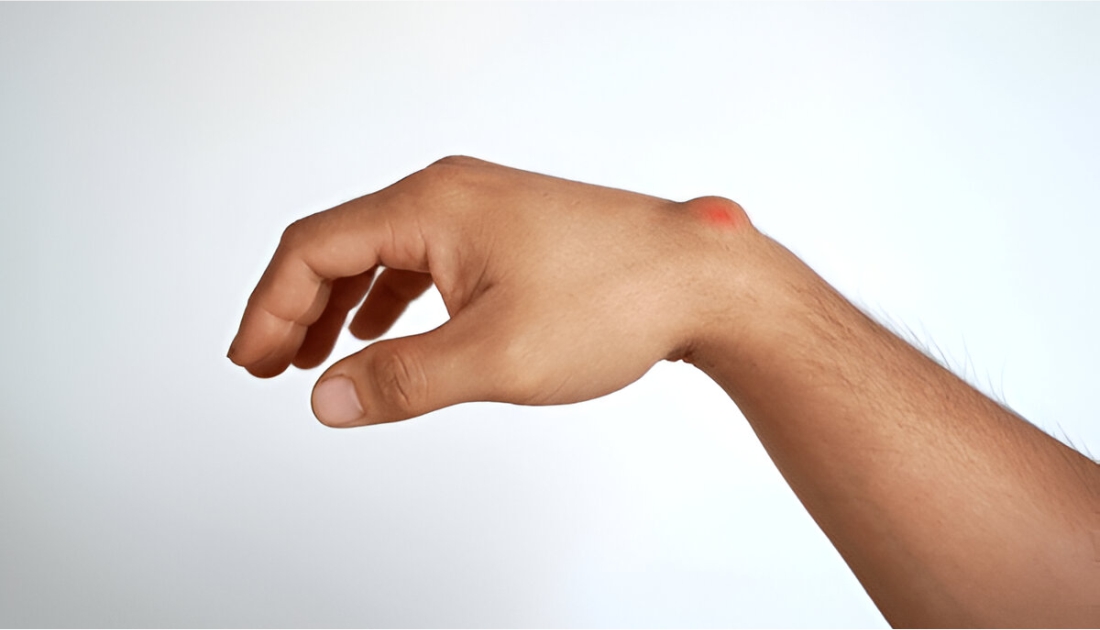
The development of ganglion cysts is often linked to a range of causes and risk factors that can influence their formation. While the precise origins of these cysts are still a topic of research, several contributing factors have been identified.
One prominent cause is the repetitive stress or trauma to a joint or tendon. Activities that involve frequent use of the hands, such as typing, playing musical instruments, or engaging in sports, can increase the likelihood of developing ganglion cysts. Over time, this repetitive motion may lead to irritation and the formation of these fluid-filled sacs.
In addition to repetitive use, certain underlying conditions can also predispose individuals to ganglion cysts. For example:
- Arthritis: Individuals with arthritis may be more susceptible due to joint inflammation and damage.
- Tendon injuries: Previous injuries to tendons can create an environment conducive to cyst formation.
- Age and gender: Ganglion cysts are more commonly seen in individuals aged 20 to 40 and are notably more prevalent in women.
Understanding these causes and risk factors is essential for prevention and early intervention. By recognizing the activities or conditions that may contribute to the development of ganglion cysts, individuals can take proactive steps to mitigate their risk.

Recognizing the Symptoms of Ganglion Cysts
Identifying the symptoms of ganglion cysts is crucial for timely intervention and management. These cysts often manifest in various ways, and being aware of the signs can help individuals seek the appropriate care.
The most noticeable symptom is the appearance of a visible lump or swelling, typically located on the wrist, hand, or foot. The size of the cyst may vary, ranging from that of a pea to larger than a golf ball. However, the cyst can sometimes appear and disappear spontaneously.
In addition to the physical appearance, individuals may experience pain or discomfort in the affected area. This sensation can vary in intensity, often worsening with movement or pressure on the cyst. Some individuals may report:
- Tenderness: The area around the cyst may feel sore or sensitive to touch.
- Limited range of motion: If the cyst is located near a joint, it can restrict movement and lead to stiffness.
- Numbness or tingling: In some cases, the cyst may press on nearby nerves, resulting in tingling sensations or numbness in the fingers or hand.
Recognizing these symptoms early can be beneficial, as it allows for appropriate evaluation and management options. If you notice any of these signs, it is advisable to consult a healthcare professional for further assessment.
Effective Treatment Options for Ganglion Cysts
When it comes to managing ganglion cysts, there are several effective treatment options available, depending on the severity of the symptoms and the individual’s overall health. While many ganglion cysts may resolve on their own without intervention, those that cause significant discomfort or limit mobility may require treatment.
One common approach is the use of nonsteroidal anti-inflammatory drugs (NSAIDs) to alleviate pain and reduce inflammation. These medications can provide temporary relief and are often recommended for individuals experiencing mild discomfort.
For cysts that persist or cause more severe symptoms, a healthcare provider may recommend a drainage procedure. During this minimally invasive technique, a needle is used to aspirate the fluid from the cyst, providing immediate relief. However, it’s essential to note that this method does not guarantee that the cyst will not return.
In some cases, a corticosteroid injection may be administered following drainage to help reduce inflammation and further assist in shrinking the cyst.
If conservative treatments are ineffective, surgical intervention may be considered. A surgical excision involves removing the cyst entirely along with its stalk, which significantly reduces the likelihood of recurrence. This option is typically reserved for more severe cases or when other treatments have failed.
Consulting with a healthcare professional can help determine the most appropriate treatment plan tailored to individual needs and conditions.
When to Seek Medical Attention for Ganglion Cysts
Understanding when to seek medical attention for ganglion cysts is crucial for effective management and care. While many ganglion cysts are harmless and may not require any treatment, certain circumstances warrant a visit to a healthcare provider.
Individuals should consider seeking medical advice if they experience:
- Persistent Pain: If the cyst is causing ongoing pain that interferes with daily activities, it’s important to consult a healthcare professional.
- Rapid Growth: Any noticeable increase in the size of the cyst should be evaluated to rule out other underlying conditions.
- Nerve Compression Symptoms: Symptoms such as numbness, tingling, or weakness in the adjacent areas may indicate that the cyst is pressing against a nerve.
- Changes in Skin Color: If the skin over the cyst becomes red, swollen, or warm, it could signal an infection that requires immediate attention.
- Difficulty Moving Joints: A cyst located near a joint that limits its range of motion or functionality should be assessed by a medical professional.
It is always better to err on the side of caution. If you are uncertain about the symptoms you are experiencing, schedule an appointment with your healthcare provider for a thorough evaluation. Early diagnosis and intervention can lead to better outcomes and improved quality of life.
Preventing Ganglion Cysts and Maintaining Joint Health
Taking proactive steps towards preventing ganglion cysts and maintaining joint health is essential for long-term well-being. While not all ganglion cysts can be prevented, certain lifestyle choices and practices can reduce your risk and enhance joint function.
Here are effective strategies to consider:
- Ergonomic Practices: Use ergonomic tools and equipment, especially if your work involves repetitive motions. Proper wrist positioning can help minimize strain.
- Regular Exercise: Engage in low-impact exercises such as swimming or cycling to strengthen muscles surrounding your joints and improve flexibility.
- Stretching: Incorporate stretching routines to maintain joint mobility and prevent stiffness. Consider yoga or pilates for comprehensive joint care.
- Proper Techniques: When lifting or carrying heavy objects, always use correct techniques to avoid stress on your joints.
- Stay Hydrated: Adequate hydration supports joint lubrication and overall health. Aim for the recommended daily water intake.
By integrating these practices into your daily routine, you can significantly enhance your joint health and reduce the likelihood of developing ganglion cysts. For further support in maintaining your physical well-being, explore Theravio for innovative rehabilitation tools and resources tailored to your needs.




